
How to Choose Comfortable Footwear for a child of 1 Year
Selecting appropriate shoes for a child under one year old is a crucial responsibility for caretakers. Children at this age frequently move from crawling to walking, so it’s important to provide them with comfortable and safe footwear that supports their growing feet. In this article, we will explain in detail how to choose comfortable footwear for a child of 1 year.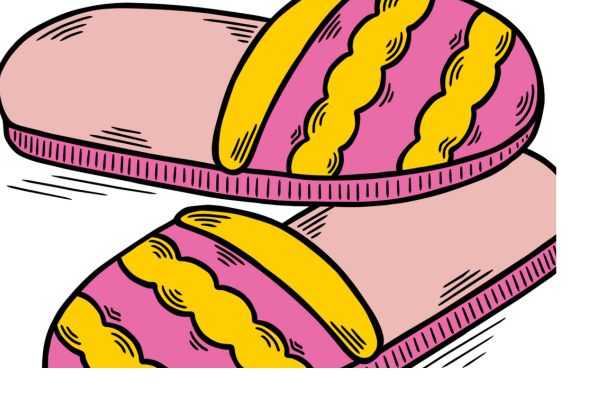
The Importance of Proper Footwear
During the first several years of life, a child’s feet expand quickly, and proper footwear promotes this important developmental stage. Making sure your child wears the proper footwear can assist their foot health and general physical development in the long run.
Providing for Quick Growth: A child’s feet change rapidly throughout the first year of life. Since their bones, muscles, and ligaments are still growing, supportive, flexible footwear is essential. This natural growth process can be hampered by poorly made or excessively tight shoes, which could result in long-term foot issues.
Avoiding Typical Foot Problems: Numerous foot issues, such as the following, can result from wearing shoes that are too small or too big.
Calluses and blisters: Tight shoes can rub against the skin, resulting in painful calluses and blisters. These may make a youngster uncomfortable when walking and deter them from being active.
Foot Deformities: Conditions like bunions and hammertoes can be brought on by shoes that are either excessively tight or too loose. Making sure it fits properly helps prevent these problems.
Flat Feet: In order to avoid flat feet, which can cause discomfort and make walking and posture difficult, proper arch support is essential.
Encouraging Appropriate Foot Development: The right alignment and function of the feet are aided by wearing appropriate footwear. Shoes should allow the feet to move naturally, offer stability, and support the arches when the child is crawling to walking. As the child grows, this helps to strengthen the muscles and tendons, which is necessary for balanced walking and running.
Improving Balance and Posture: Maintaining good posture and balance is greatly aided by wearing appropriate footwear. Properly aligned feet promote proper alignment of the ankles, knees, hips, and spine. This can be achieved by wearing shoes with the appropriate support. The foundation of all physical activity is proper posture and balance, which can only be developed with this all-encompassing support.
Promoting Healthful Routines: Healthy habits are established from an early age when you introduce your child to appropriate footwear. As they age, knowing the value of supportive, well-fitting shoes can impact their decision-making and encourage lifetime foot health
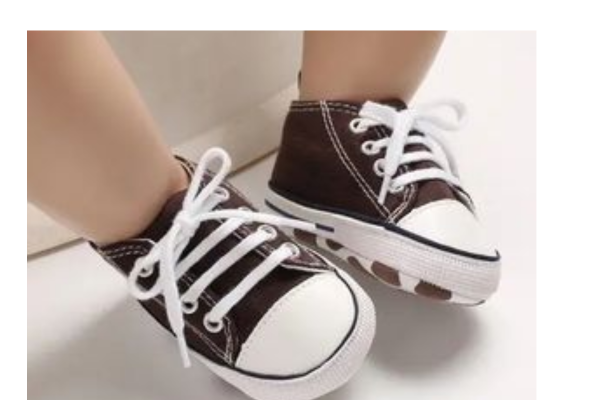
Types of Footwear for a 1-Year-Old Child
Choosing the right footwear for a 1-year-old child is crucial as they transition from crawling to walking. At this stage, the primary focus should be on providing comfort, support, and protection. Here are the main types of footwear suitable for a 1-year-old, each designed to meet specific needs and activities.
Hard-Soled Shoes: Better suited for more steady walkers and outdoor sports. These shoes provide stronger durability and protection. Generally speaking, their thicker soles offer superior traction and support on a variety of terrain.
Soft-Soled Shoes: Perfect for indoor use and for early walkers. The flexibility of these shoes enables the child’s feet to grow naturally and strengthen. They are frequently constructed from supple, breathable materials that feel good underfoot and give protection.
Measuring Your Child’s Feet: A Step-by-Step Guide
To choose the appropriate shoes for your child, take an accurate measurement of their feet. Proper foot development might be hampered and discomfort can arise from poorly fitting shoes. To guarantee a great fit, follow this comprehensive guide on how to measure your child’s feet.
Why Measuring is Important
- Growth Accommodation: Children’s feet grow rapidly, and frequent measurements ensure that their shoes always fit correctly.
- Preventing Discomfort: Properly fitting shoes prevent blisters, calluses, and other foot issues.
- Supporting Development: Ensuring the right size and fit supports healthy foot development and promotes proper posture and balance.
Steps to Measure Your Child’s Feet
1. Prepare the Materials
- A sheet of paper larger than your child’s foot
- A pencil or pen
- A ruler or measuring tape
- Socks (similar to those your child will wear with the shoes)
2. Position Your Child
- Standing Position: Have your child stand on a flat, hard surface. Ensure they are standing straight with their weight evenly distributed on both feet.
- Weight Distribution: Make sure your child’s weight is evenly distributed to get an accurate measurement, as feet tend to spread under pressure.
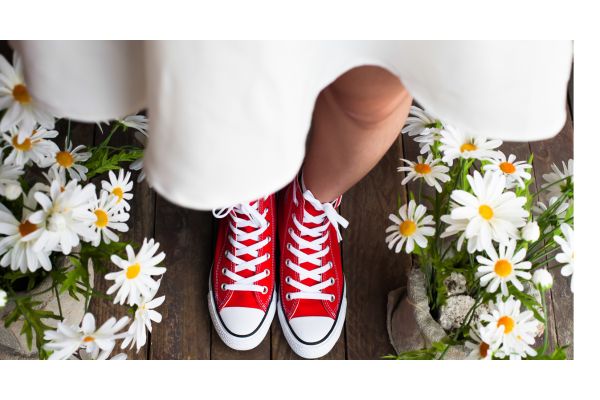
3. Trace the Foot
- Place Paper on the Floor: Lay the paper flat on the floor.
- Trace the Foot: Place one foot on the paper and hold the pencil or pen perpendicular to the paper. Carefully trace around the entire foot, ensuring the pen or pencil stays close to the foot without angling inwards.
- Repeat for the Other Foot: Since feet can be slightly different sizes, it’s important to measure both feet and use the larger measurement.
4. Measure the Foot Length
- Mark the Longest Points: Identify the longest point of the foot (from the heel to the tip of the longest toe) on the tracing.
- Measure with a Ruler: Use the ruler or measuring tape to measure the distance between these two points. This measurement gives you the foot length.
- Repeat for the Other Foot: Measure the other foot and note the length. Use the larger measurement if there is a difference.
5. Measure the Foot Width
- Mark the Widest Points: Identify the widest part of the foot on the tracing (typically across the ball of the foot).
- Measure with a Ruler: Measure the distance between these two points to get the foot width.
- Repeat for the Other Foot: Measure the width of the other foot and use the larger measurement if there is a difference.
Tips for Accurate Measurement
At the end of the day, measure: Since feet tend to enlarge over the day, a more accurate size can be obtained by measuring later in the day.
Put on the Right Socks: Using the kind of socks your child usually wears with their shoes, measure their feet.
Check Again Frequently: Since children’s feet grow quickly, measure them again every two to three months to make sure they always wear shoes that fit.
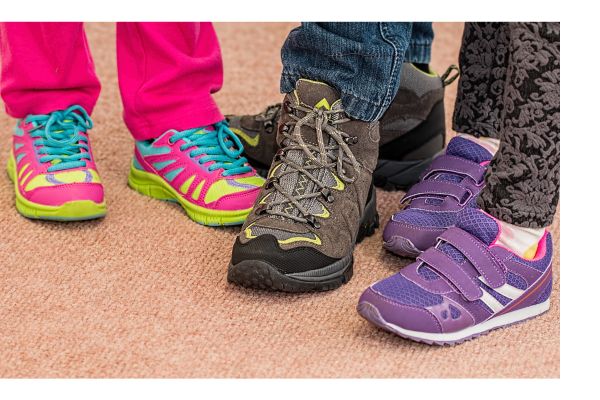
Interpreting the Measurements
Consult Size Charts: Refer to the size charts supplied by the shoe manufacturer using the dimensions. Sizing variations may exist across brands.
Give yourself room to grow: Make sure there is a space between the front of the shoe and the tip of the longest toe that is roughly half an inch, or a thumb’s width. This space is conducive to expansion and mobility.
Width Fitting: Measure the width of the shoes to make sure they can fit the foot comfortably without being too tight. Certain brands provide varying options for breadth.
Extra Things to Think About
Trying on Shoes: It’s imperative to try on shoes to ensure a proper fit, even with precise measurements. To make sure your child is comfortable in the shoes, let them walk about in them.
Watch Your Child Walk: Keep an eye out for any indications of discomfort or trouble walking, as well as to make sure the shoes are staying on their heels.
Frequent Fit Inspections: As your child grows, make sure the shoes still fit properly and offer the right amount of comfort and support by having them.
Budget Considerations for Buying Children’s Footwear
While it’s crucial to acquire your child high-quality shoes, you can also discover affordable ones that don’t compromise on support and comfort.
1. Look for discounts and sales
Seasonal Sales: As the seasons change, retailers frequently hold significant sales. Look for end-of-season deals when you can acquire shoes at a considerable discount.
Holiday Promotions: Make the most of deals offered during significant holidays like Cyber Monday, Black Friday, and back-to-school shopping.
Clearance Sections: A lot of stores offer discounted rates on last season’s styles in their clearance sections. Although they are on sale to make space for new stock, these shoes are still of a good caliber.
2. Make use of promo codes and coupons
Subscribe to Newsletters: A lot of stores provide their consumers discounts if they sign up for their newsletters. You may be able to get special discounts and sales as a result.
Coupon Websites: To find accessible discounts and promo codes for both online and in-store purchases, check out coupon websites and apps such as RetailMeNot, Honey, and Groupon.
Loyalty Programs: Sign up for retailer loyalty programmes to receive discounts, prizes, and points for each transaction that can be applied to future purchases.
3. Purchase one, get one free offers
Sales of “BOGO: Seek out promotions offering “buy one get one free” (BOGO) or “buy one get one 50% off”. The price per pair of shoes can be considerably lowered by these sales.
Friends and Family: Take advantage of BOGO sales by teaming up with friends or family, especially if you only need one pair and can split the cost.
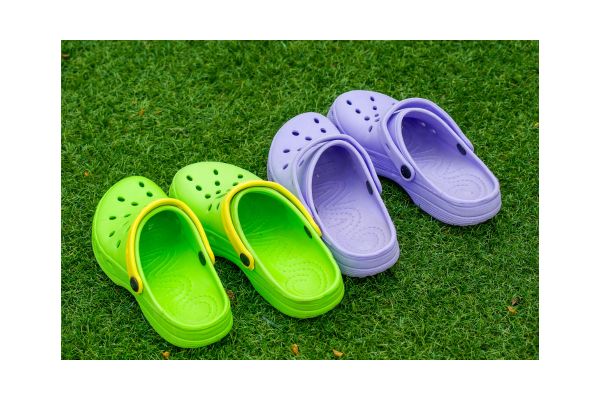
4.Second-Hand Options
Gently Used Shoes: Consider purchasing gently used shoes from thrift stores, consignment shops, or online marketplaces such as eBay, Facebook Marketplace, and Poshmark. Ensure the shoes are in good condition and still provide the necessary support.
Hand-Me-Downs: Accept hand-me-downs from family and friends. Just make sure the shoes are not too worn out and still have proper support and structure.
5. Purchase in Bulk
Several Pairs: Purchasing several pairs at once may occasionally result in a discount. See if the stores provide discounts for large purchases.
Siblings: Purchasing in bulk or larger sizes for future usage can result in cost savings if you have multiple children.
6. Online Price Comparison
Utilize websites and online tools to compare prices from various stores: You can find the best discounts by using websites like PriceGrabber, Shopzilla, and Google Shopping
Free Shipping: Seek out web retailers who provide free shipping and/or free returns. This lets you compare prices without paying more.
Flash Sales: Be on the lookout for brief but substantial discounts offered by online retailers such as Amazon, Zulily, and others.
Quality Over Quantity
Durable Materials: Invest in shoes made from durable materials that can withstand wear and tear, reducing the need to replace them frequently.
Versatile Styles: Choose versatile styles that can be worn with different outfits and for various occasions. This reduces the need to buy multiple pairs for different purposes.
Neutral Colors: Opt for neutral colors that can match various outfits, making the shoes more versatile and reducing the need for multiple pairs.
8. Regular Maintenance
Proper Care: Extend the life of your child’s shoes by taking proper care of them. Clean them regularly and follow care instructions.
Rotating Shoes: Having more than one pair of shoes and rotating them can help extend their lifespan by reducing wear and tear on a single pair.
9. Plan Ahead
Future Sizes: Consider buying shoes a half size larger to accommodate growing feet, but ensure they are not too big to cause discomfort or tripping.
Out-of-Season Purchases: Buy off-season shoes (like winter boots in spring) when they are often discounted.
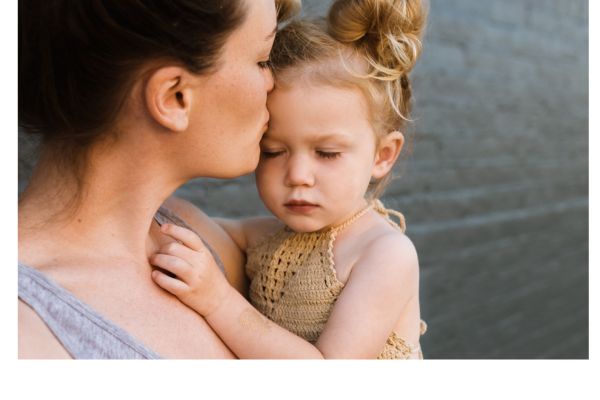
Conclusion
For a one-year-old child’s safety, comfort, and good foot growth, suitable footwear is crucial. During this crucial phase, choosing the correct shoes requires taking into account a number of aspects, such as precise measurements, optimum fit, suitable materials, and supportive features. Properly supportive, breathable, and flexible shoes will encourage natural foot movement and ward off future foot problems. You can provide your child the best without going over budget if you use sales, discounts, and smart purchasing to balance quality and budget. You can help your child take their first steps with ease and confidence by focusing on these small aspects. This will lay a solid basis for their physical development and general well-being.